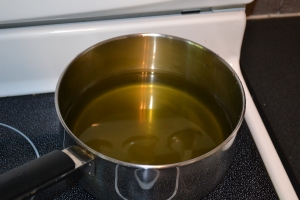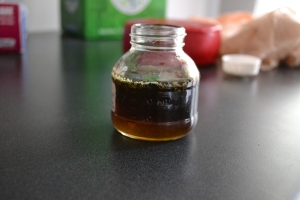Fall in Southern Ontario brings many things to those who crave the outdoors. Hunting season arrives with the fast paced action of waterfowl. Fall colours explode onto the forestscape with brilliant reds, golds and yellows. But perhaps one of my favourite things to do in the fall is to spend some time in the woods searching for wild edibles. The most interesting of these, are arguable mushrooms.
Typical fall mushroom fare includes your chanterelles and boletus which, if I may add, are mighty tasty. Along with morels and puffballs, these are some of the more tasty and desirable fungi to be had. So with this in mind I headed out to a stretch of woods near Parham, Ontario to test my luck and eyes in search of some chanterelles.
As luck would have it, no Chanterelles were found during the walk. But all was not lost because the beauty of mushroom hunting is that even if you don’t find edibles, you will likely find some mushrooms, and often a wide variety. Part of the fun can be learning to identify the wide variety available and enjoying the wide variety of shapes and colours.
Its at this point I would like to remind readers that some mushrooms are toxic and can be fatal. Mushroom should only be consumed when they have been 100% properly identified. I recommend taking a course to assist with this (see link below) or consulting an expert.
So with that, here are a few pictures of several mushrooms that were encountered during the walk. Any look familiar to you?
(above: bracket fungi – mostly inedible except for certain species like chicken of the woods – not shown here)
(above: the remnants of a lobster mushroom?)
(above: coral fungi)
(above: a young amanita sprouts through the leaf litter. Amanitas are more often that not poisonous and should be avoided.)
For those interested in furthering their mushroom knowledge I recommend checking out the following resources:
For those local Kingstonians, Queens offers an identification course:
Click to access Fabulous_Fall_Fungi_2014_details_register_twosessions.pdf


























